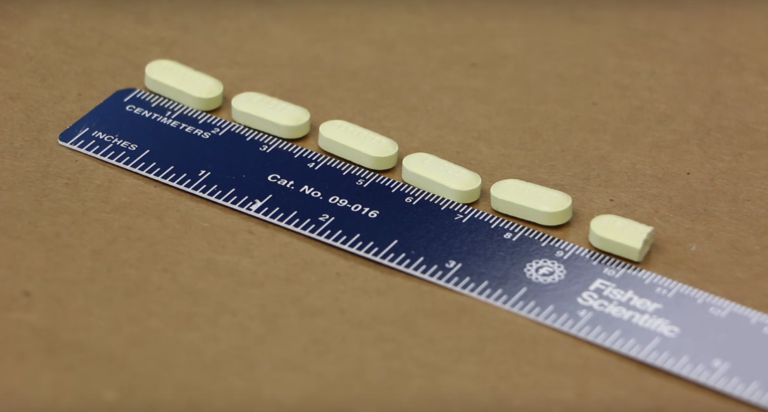Fentanyl Misinformation Hinders Overdose Response Efforts
The opioid crisis, fueled by the potent synthetic opioid fentanyl, continues to claim lives at an alarming rate across the United States. However, complicating efforts to combat this epidemic is the spread of misinformation about fentanyl exposure, creating unnecessary fear and hindering effective overdose response. False narratives circulating online and through social media channels allege that simply touching or being near fentanyl can cause overdose, leading to panic and delayed assistance for those truly experiencing an overdose. This article will delve into the realities of fentanyl exposure, debunk common myths, and highlight the importance of accurate information in saving lives.
The Science of Fentanyl Exposure:
Contrary to popular misconception, casual contact with fentanyl, such as touching it or being in the same room, poses minimal risk of overdose. Fentanyl is primarily absorbed into the body through injection, smoking, or snorting. While it is possible to absorb small amounts through the skin, the quantity required to induce an overdose far exceeds the trace amounts one might encounter through accidental contact. Medical professionals and toxicologists confirm that unintentional overdose from touching fentanyl is extremely unlikely. The spread of these misinformation narratives is largely attributed to sensationalized media reports and fear-mongering tactics, often originating from law enforcement agencies or individuals seeking to demonize drug users.
Debunking the Myths:
One prevalent myth claims that police officers and first responders are overdosing simply by touching fentanyl during drug busts or while administering aid. While some first responders have reported feeling ill after handling fentanyl, these symptoms are typically attributed to anxiety or panic attacks, sometimes referred to as a "nocebo effect," rather than actual fentanyl poisoning. Another common misconception is the belief that fentanyl can be absorbed through the air, leading to overdose. Fentanyl does not readily aerosolize, and the concentrations required to cause overdose through inhalation are highly unlikely to be encountered outside of controlled laboratory settings or specific occupational hazards.
The Dangers of Misinformation:
The consequences of fentanyl misinformation are far-reaching. Fear of accidental exposure can deter individuals from administering naloxone, a life-saving medication that reverses opioid overdoses, to those in need. Bystanders may hesitate to assist someone exhibiting overdose symptoms, fearing they may inadvertently expose themselves to fentanyl. This delay in treatment can be fatal, as opioid overdoses require immediate intervention.
The Importance of Naloxone and Harm Reduction:
Naloxone (Narcan) is a safe and effective antidote to opioid overdose, including fentanyl overdose. It is readily available as a nasal spray and can be administered by anyone, even without medical training. Increasing access to naloxone and educating the public about its proper use is crucial in combating the opioid crisis. Harm reduction strategies, such as providing clean needles and fentanyl test strips, can also play a significant role in minimizing overdoses and reducing the transmission of infectious diseases.
Focusing on Evidence-Based Solutions:
Combating the opioid epidemic requires a multi-faceted approach grounded in evidence-based solutions. This includes expanding access to treatment for substance use disorders, increasing the availability of harm reduction services, and addressing the social determinants of health that contribute to addiction. Crucially, it also necessitates a concerted effort to dispel misinformation surrounding fentanyl exposure, empowering individuals with accurate information and enabling them to respond effectively in overdose situations. By focusing on facts rather than fear, we can create a more informed and compassionate response to the opioid crisis and save lives.
Call to Action:
The spread of fentanyl misinformation is a serious threat to public health. It is vital that we all actively participate in sharing accurate information and dispelling harmful myths. Educate yourself about the realities of fentanyl exposure and the importance of naloxone. Talk to your friends, family, and community members about this issue. Encourage them to learn how to administer naloxone and to carry it with them. By working together, we can create a safer environment for everyone and help those struggling with opioid addiction. Remember, knowledge is power, and in the face of the opioid crisis, knowledge can save lives.


